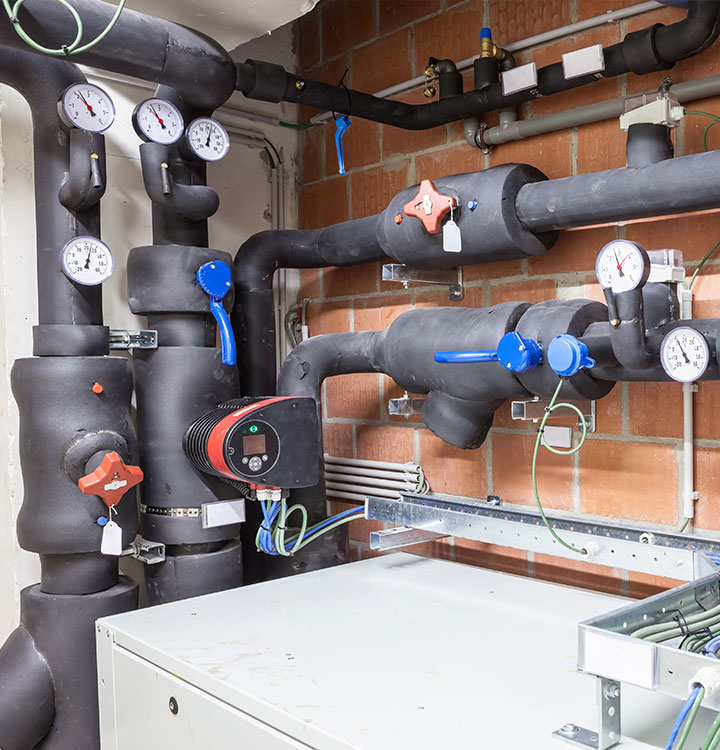CEFEP Technical Blog.
Insulation materials made of FEF and PEF are multifunctional optimisers for the technical equipment of buildings.
Insulation materials made of FEF and PEF are multifunctional optimisers for the technical equipment of buildings.

The findings are revealing: Retro-fitting all uninsulated components of the pipe systems could reduce energy losses by more than 20%(1).
Insulation of pipes and ducts is often an afterthought, seen as something that needs to be done but with little consideration given to the details of which materials or how they should be installed. This often leads to difficult or irregularly shaped parts of a pipe insulation system like flanges, valves, pipe supports and complicated bends or elbows being left un-insulated. In some cases these pipe fixtures are simply covered with PVC or duct tape to make them ‘look’ part of an insulated system without providing any of the energy saving benefits.

The FfE (Forschungsgesellschaft für Energiewirtschaft) in Munich conducted a study in 2012 to understand the impact of insufficient and incomplete (thermal) insulation on pipes and ducts. The institute examined the existing pipe insulation of six firms from different segments.
Although the study is not representative of all building types, the results clearly demonstrate that applying thermal insulation to a pipe system in its entirety can have a significant impact when it comes to reducing the energy consumption and CO2-emssions of occupied buildings.

Source: (1) FfE Study - Energy saving potential by mechanical insulation, Final Report, November 2012 (only available in German)